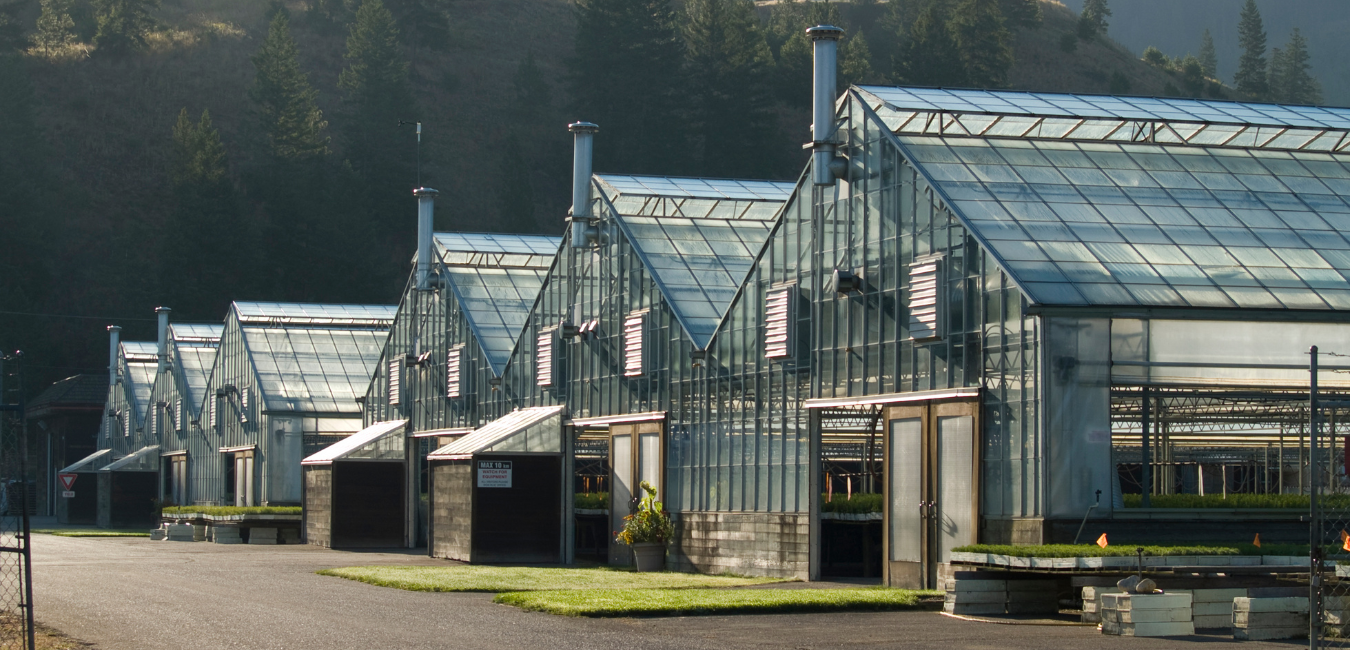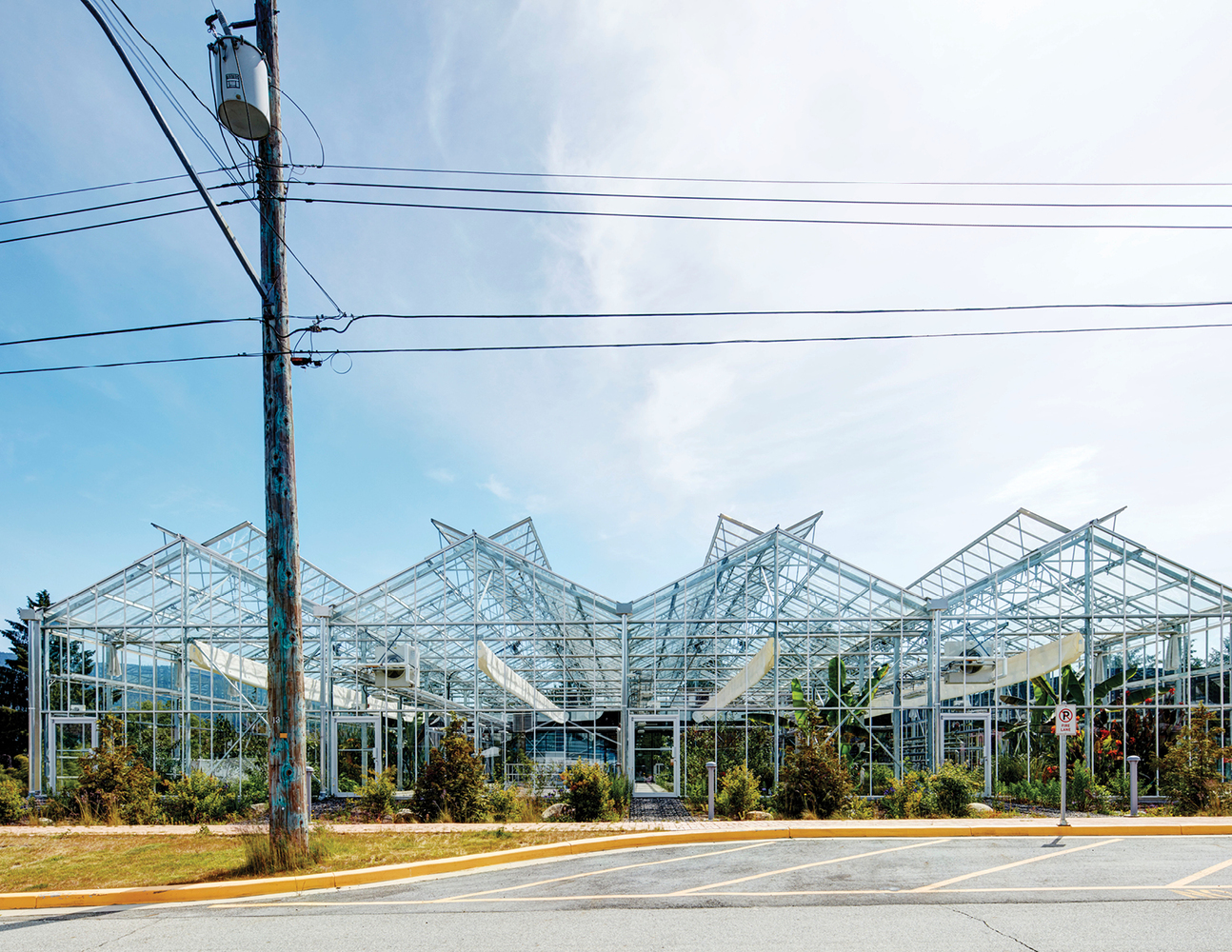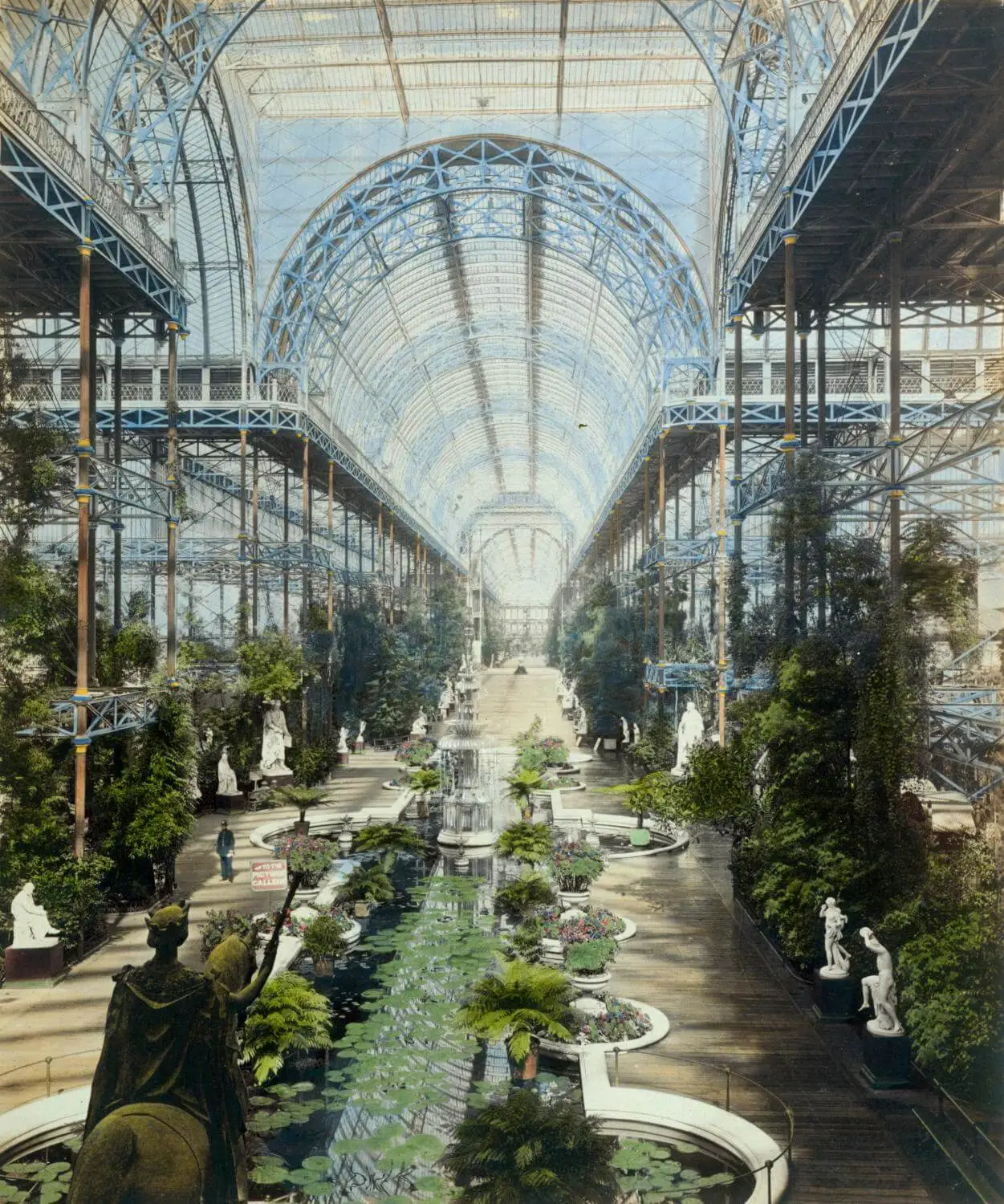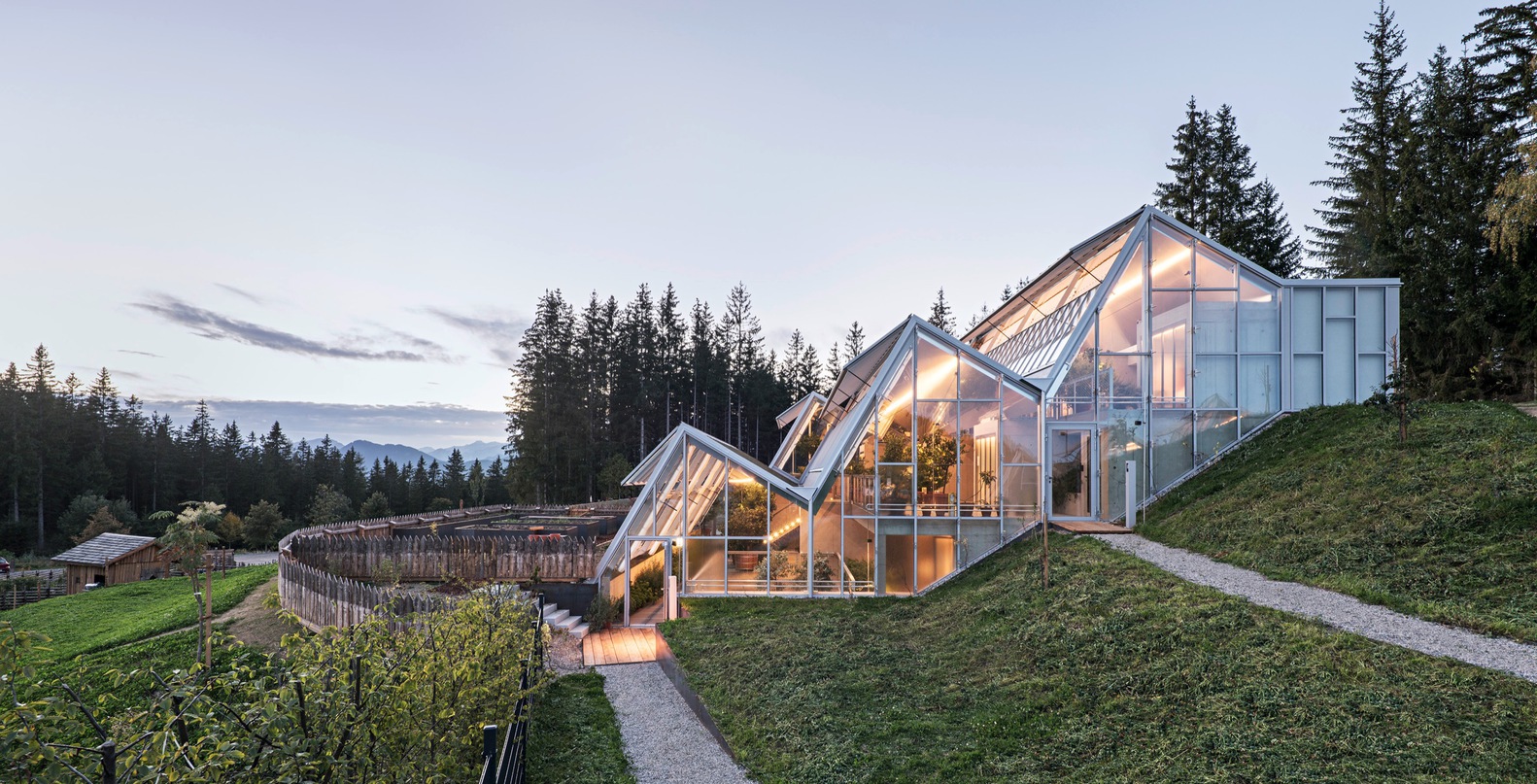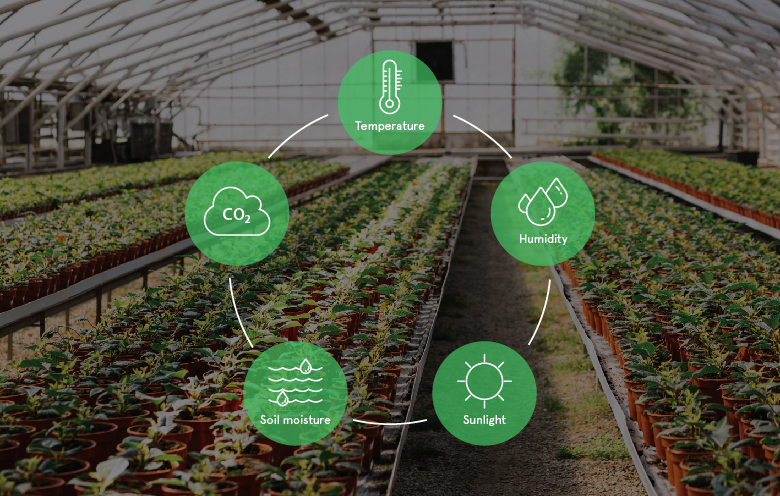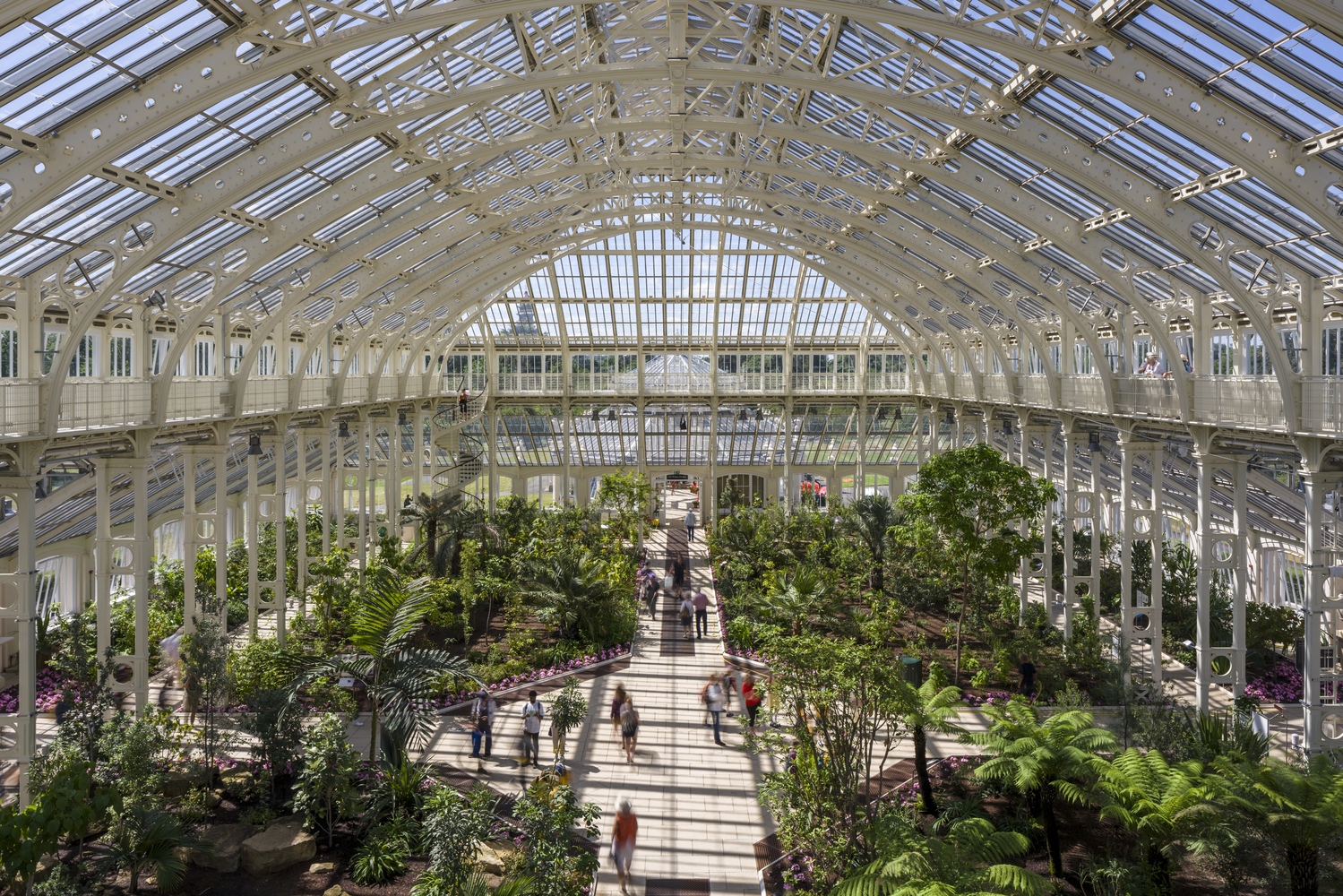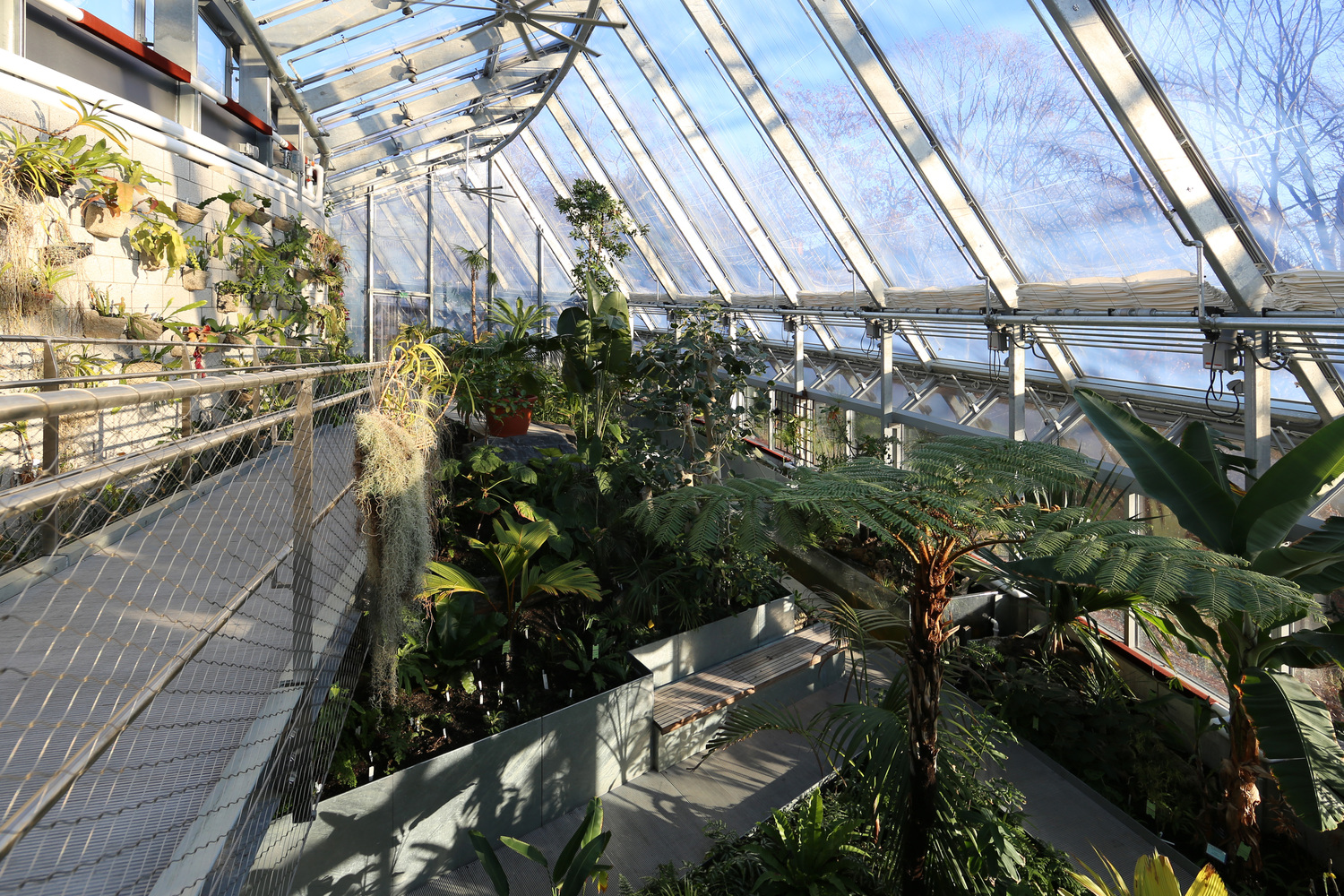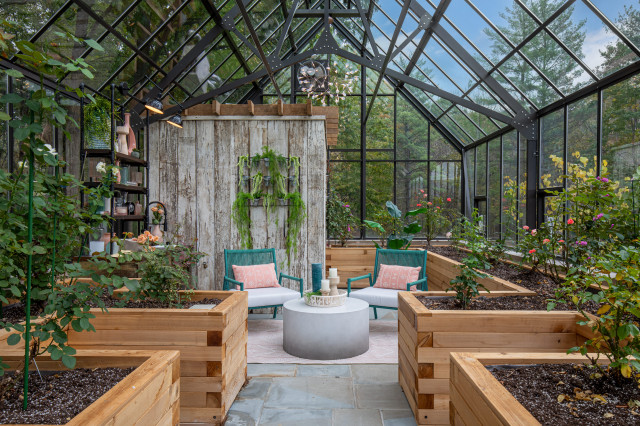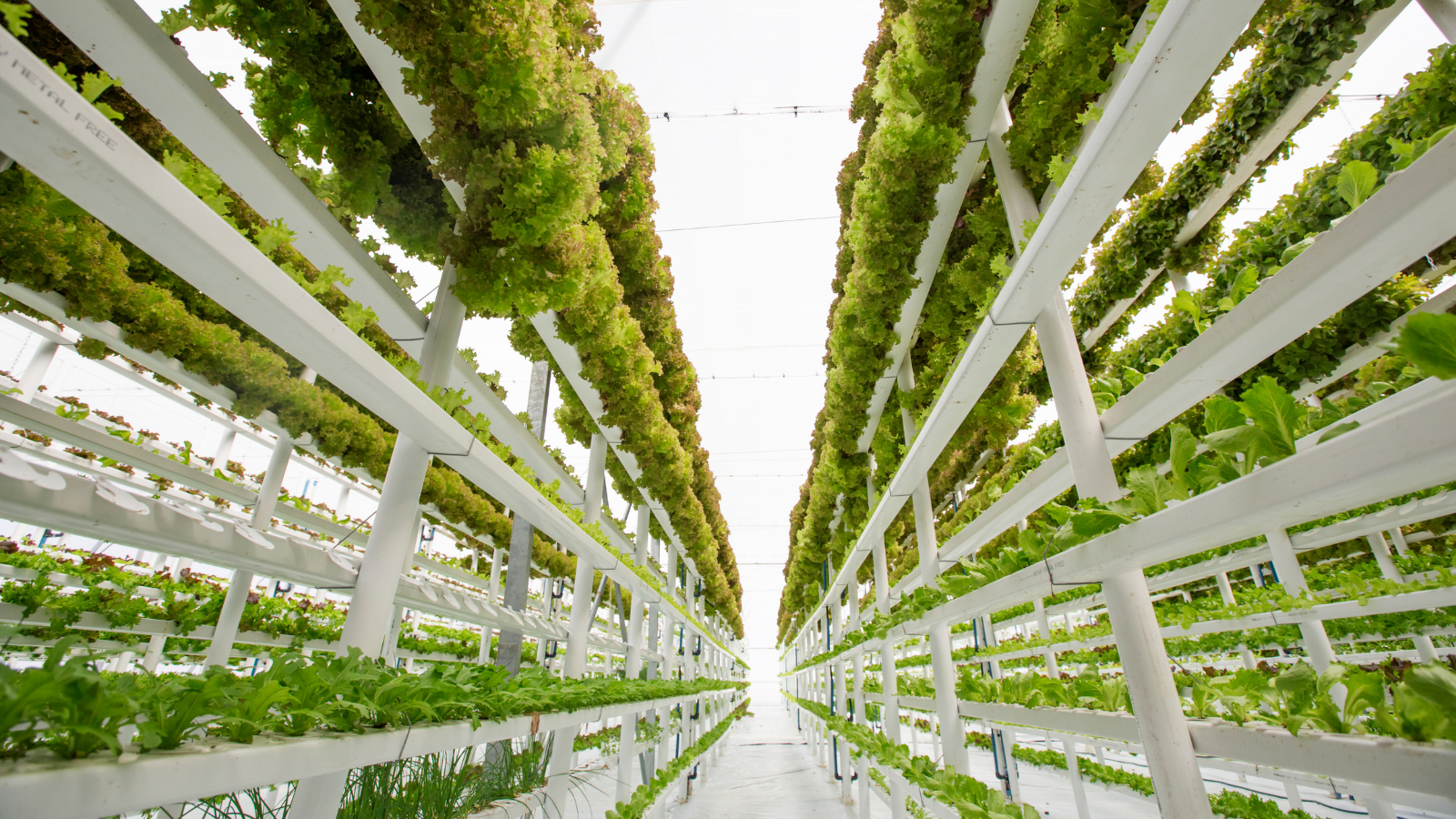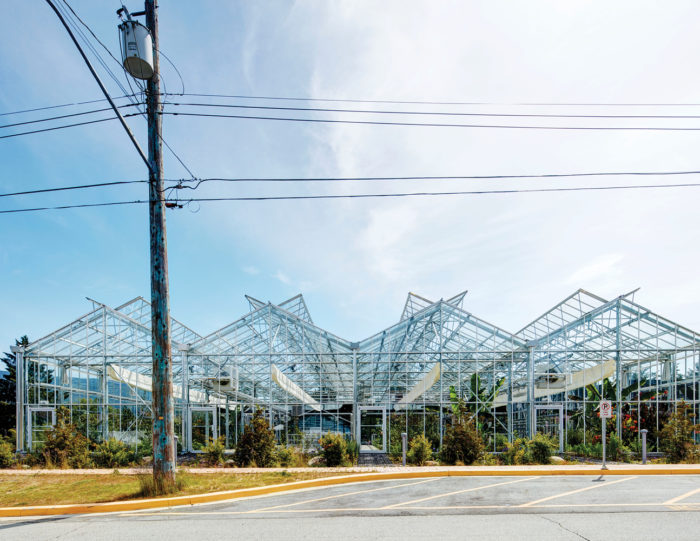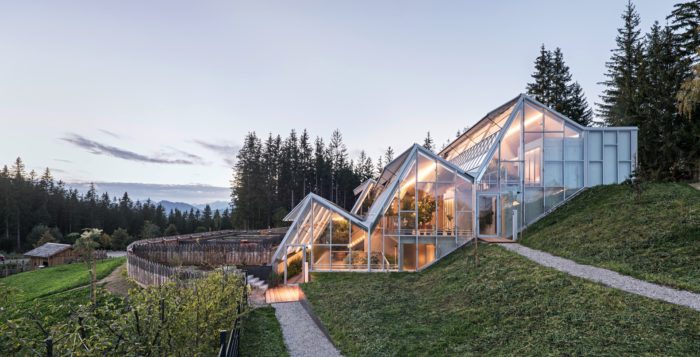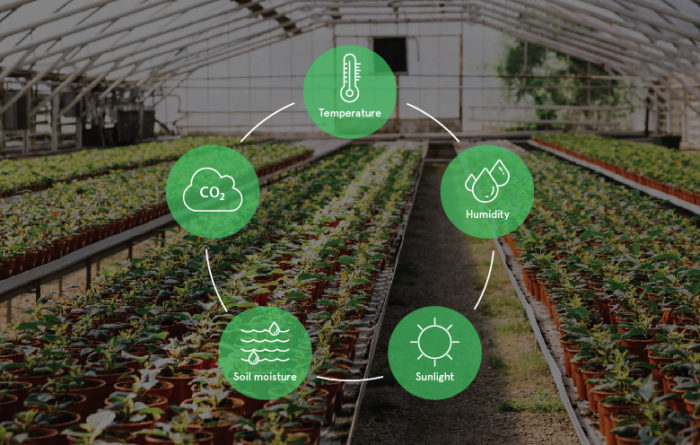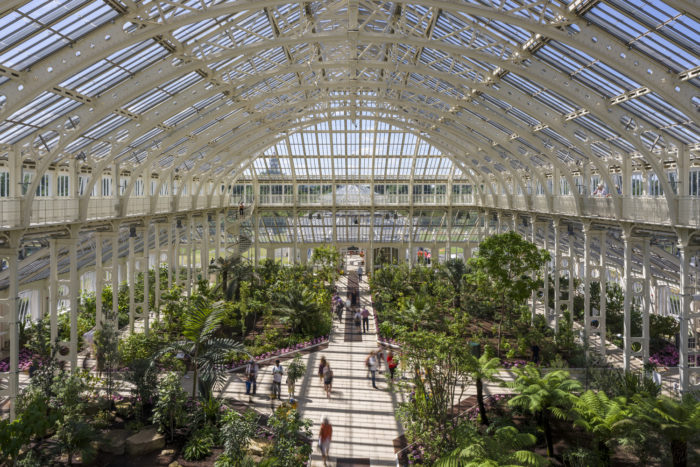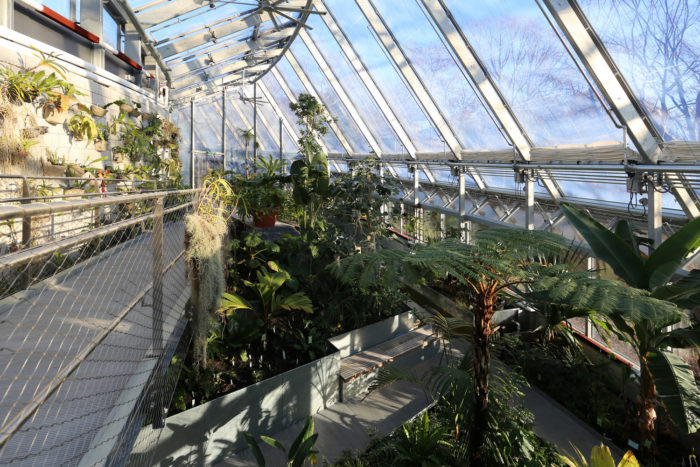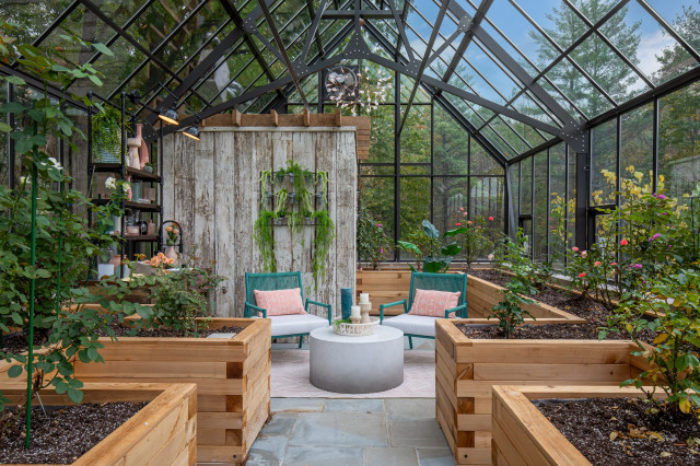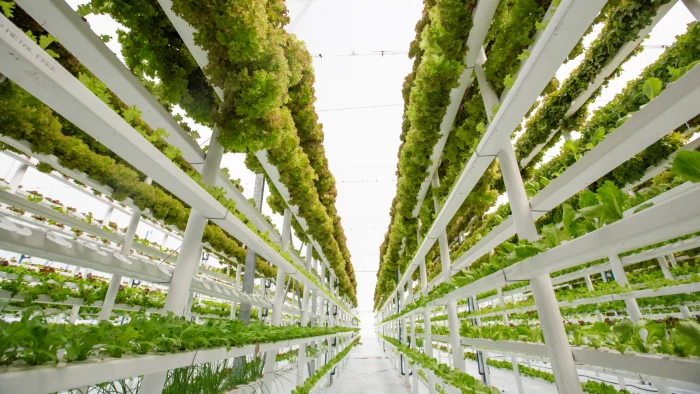Greenhouses, the ethereal sanctuaries of flora and fauna, have enchanted humanity for centuries. These remarkable structures blend the art of cultivation with the marvels of human ingenuity, providing an oasis of life in all its green splendor. A harmonious symphony of sunlight, humidity, and innovation, greenhouses exemplify the perfect collaboration between nature and humanity. Let’s delve into the captivating world of greenhouses, exploring their historical significance, ecological benefits, diverse functions, and ingenious techniques that nurture the growth of nature’s bounty within these shared spaces.
The Historical Tapestry of Greenhouses
The roots of greenhouses trace back to ancient civilizations that sought to create microcosms of thriving plant life for various purposes. The Roman Empire, for instance, constructed “speculariums” using transparent materials like mica to protect precious plants. However, during the Renaissance period, greenhouses flourished as advances in glass production allowed for better insulation and light penetration.
The significant leap in greenhouse evolution came in the 19th century with the pioneering work of Sir Joseph Paxton, who designed the iconic Crystal Palace. This colossal structure showcased the potential of greenhouses on an unprecedented scale, garnering admiration from horticulturists and inspiring future generations of greenhouse enthusiasts.
Greenhouse Architecture and Engineering Marvels
Modern greenhouses exhibit a myriad of architectural and engineering marvels, combining aesthetics with functionality. These structures range from simple, lean-to designs to sprawling geodesic domes. The choice of materials, such as glass or polycarbonate, affects light diffusion and insulation, while automated climate control systems ensure optimal conditions for plants year-round.
Innovation has also brought forth “smart greenhouses,” integrating cutting-edge technology like IoT sensors, AI-driven climate control, and hydroponic systems. These advances enable more efficient resource utilization, making greenhouses an eco-friendly choice for sustainable agriculture and botanical research.
Also Read: Why Is All the Talk About AI in Architecture Suddenly So Popular?
The Environmental Benefits of Greenhouses
Greenhouses play a vital role in mitigating the impact of modern agricultural practices on the environment. By providing a controlled environment, these houses reduce the need for excessive pesticide usage, limiting chemical run-offs that harm ecosystems. Moreover, these enclosed spaces enable more efficient water usage, as moisture loss is minimized through effective irrigation systems.
Furthermore, these houses contribute to combating climate change by serving as carbon sinks. The enhanced plant growth within these structures absorbs substantial amounts of carbon dioxide, mitigating greenhouse gas emissions and their detrimental effects on our planet.
One of the most intriguing aspects of greenhouses is their ability to nurture exotic and endangered plant species, transcending geographical limitations. Tropical plants, which require specific climatic conditions, can thrive in temperate regions within a greenhouse’s nurturing embrace. This capability not only delights horticulturists and nature enthusiasts but also plays a crucial role in conserving rare plant species.
The careful curation of greenhouses allows for creation of themed conservatories, showcasing the flora of different biomes under one roof. Visitors can embark on a botanical voyage, exploring the rainforests of Asia, the arid deserts of Africa, and the lush meadows of South America, all within the confines of a single greenhouse.
As the global population grows, ensuring food security becomes increasingly challenging. Greenhouses offer a promising solution to this dilemma by enabling year-round cultivation of crops in any climate. These controlled environments shield plants from harsh weather conditions, pests, and diseases, resulting in higher yields and more consistent harvests.
Greenhouses also facilitate sustainable practices, such as vertical farming and aquaponics, where crops and aquatic life synergistically support each other. Such innovative approaches optimize land use and minimize resource consumption, making greenhouses pivotal in pursuing a food-secure future.
The Therapeutic Power of Greenhouses. Beyond their agricultural and botanical significance, greenhouses also provide a therapeutic haven for individuals seeking solace and healing through horticultural therapy. Studies have shown that gardening, surrounded by nature’s beauty within a greenhouse, can alleviate stress, reduce anxiety, and improve overall well-being. Greenhouses have become healing sanctuaries in hospitals, rehabilitation centers, and educational institutions, helping patients recover faster and fostering student creativity and learning.
Also Read: 10 Attractive Covered Patio Ideas for Your Dream Outdoor Space.
Bringing Nature to Concrete Jungles. Greenhouses in urban landscapes dominated by concrete and steel offer fresh air and a touch of greenery. An urban greenhouse can be integrated into skyscrapers, parks, and community spaces, promoting urban farming initiatives and reconnecting city dwellers with nature.
These green gems become community hubs, fostering social interactions and encouraging sustainable living practices. These houses can empower city residents to embrace a greener, more eco-conscious lifestyle by providing locally-grown produce and educational programs on urban agriculture.
Innovations in Greenhouse Energy Efficiency
As the world embraces renewable energy, greenhouses are not left behind in the pursuit of eco-friendliness. Innovations in solar panels and geothermal heating systems have transformed modern greenhouses into energy-efficient structures. Harnessing solar power to generate electricity or supplement heating needs helps reduce the carbon footprint of greenhouse operations. Additionally, passive solar design elements, such as thermal mass storage and insulated glazing, optimize heat retention, minimizing the reliance on artificial heating during colder months.
How Will They Look in The Future? A Glimpse into Botanical Utopia
Looking ahead, the future of these eco-friendly houses holds boundless possibilities. With advancements in genetic engineering and plant science, we may witness the emergence of genetically modified crops specifically tailored for greenhouse environments, maximizing productivity and nutritional value.
Furthermore, as the concept of space colonization gains traction, these houses may become pivotal in establishing extraterrestrial colonies. These self-sustaining biodomes could be a lifeline for astronauts, providing fresh food and oxygen in the harsh space environment.
The Timeless Allure of Greenhouses
These enchanting shared spaces for nature’s bounty and human ingenuity testify to our capacity for harmony with the natural world. From their humble beginnings in ancient civilizations to the awe-inspiring structures of today, greenhouses continue to captivate the human imagination.
As we delve into the future, let us embrace the therapeutic power, ecological benefits, and culinary wonders nurtured within the delicate embrace of these glass-clad sanctuaries. Greenhouses are not mere structures; they express our deep-rooted connection with nature and are a testament to our dedication to sustainability and innovation.
